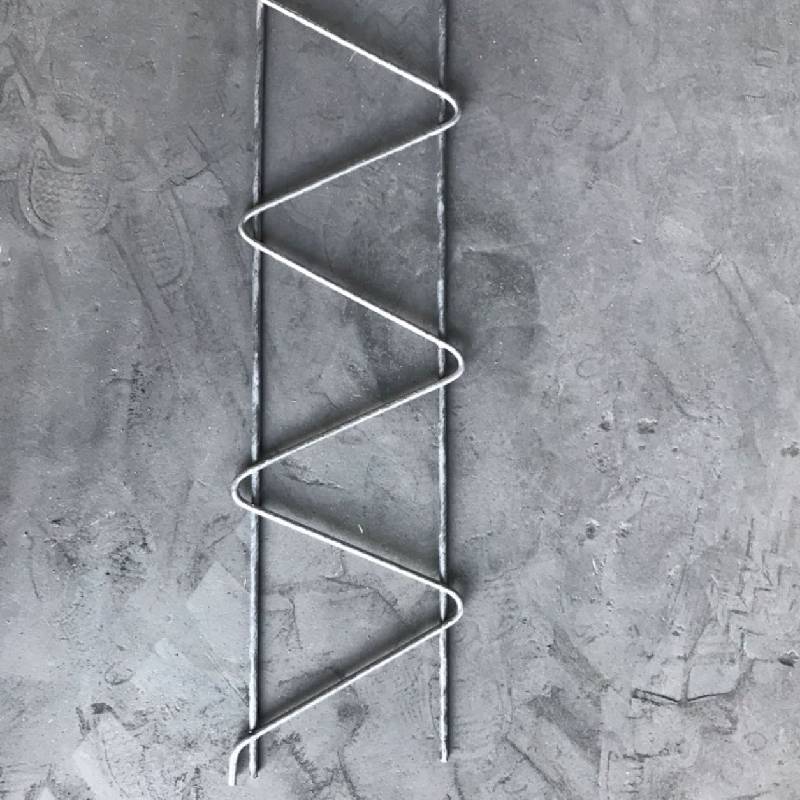
- Mobile Phone
- +8613931874955
- sales@cntcmetal.com
Estimated Expenses for Repairing Cavity Wall Ties in Residential Properties and Commercial Buildings
Understanding the Costs of Cavity Wall Tie Repair
Cavity wall ties are critical components in the structural integrity of cavity walls. They provide stability and support, ensuring that the two layers of the wall work harmoniously to resist wind pressure and prevent structural failure. However, over time, these ties can corrode or become damaged, necessitating timely repair or replacement. Understanding the costs involved in cavity wall tie repair is essential for homeowners and property managers.
What Causes Wall Tie Damage?
Wall ties may suffer from a range of issues over the years, primarily due to corrosion. This often occurs in older buildings where ties made from mild steel are used. Moisture seeping into the cavity can accelerate corrosion, leading to rust formation. Other contributors to wall tie damage include poor drainage, structural movement, and inadequate maintenance of the building. Identifying the signs of wall tie failure early on can prevent more extensive damage and more costly repairs down the line.
The Importance of Repairing Wall Ties
Neglecting corroded or damaged wall ties can lead to significant structural issues, including cracking walls, bowing, and even total collapse in extreme cases. Aside from safety concerns, such damages can diminish property value and lead to expensive repairs if not addressed proactively. Therefore, regular inspections of the ties, especially in older properties, are recommended.
Breakdown of Repair Costs
cavity wall tie repair cost

When considering cavity wall tie repairs, costs can vary based on several factors. On average, homeowners might expect to pay between $100 to $300 per tie for the replacement or repair, with prices influenced by location, the extent of the damage, and contractor fees.
1. Assessment fees Initially, a thorough inspection might be required to determine the condition of the wall ties. This could cost anywhere from $100 to $200, depending on the surveyor's expertise. 2. Materials The type of material used for the replacement ties plays a significant role. Stainless steel ties are recommended for their durability and resistance to corrosion in comparison to basic mild steel ties, although they may cost more upfront.
3. Labor costs The complexity of the repair also impacts labor costs. Simpler repairs may require less time, while more extensive replacements can take several days. Hourly labor rates vary widely by geographic location, but typically range from $50 to $75 per hour.
4. Additional structural repairs If damage to the walls or surrounding structures is noted, additional costs may arise. For example, filling cracks or stabilizing bowing walls can add to the overall expense.
5. Long-term solutions Investing in preventative measures such as improved drainage systems, vapor barriers, or other modifications can incur higher upfront costs but save money in the long run by reducing the likelihood of future repairs.
Conclusion
Cavity wall tie repair is a critical aspect of building maintenance that should not be overlooked. While the initial cost may seem daunting, it is a worthwhile investment in maintaining the safety, functionality, and value of a property. Homeowners must engage qualified professionals to assess and repair wall ties and explore options for long-term prevention against future issues. By addressing wall tie problems early, individuals can ensure the structural integrity of their homes and avoid the hefty price tag associated with major repair projects down the line. Always remember that regular maintenance and inspections can save significant costs in the long run, marrying safety with economic sensibility.
share:
-
Yard Sign Stakes: Reliable Guardians of Outdoor SignsNewsAug.04,2025
-
Wall Ties: Invisible Guardians of Building StabilityNewsAug.04,2025
-
Resilient Web: The Super Guardian Power of Concrete MeshNewsAug.04,2025
-
Masonry Accessories: A versatile assistant on building foundationsNewsAug.04,2025
-
Iron Binding Wire: the 'invisible reinforcement specialist' in the fields of architecture and industryNewsAug.04,2025
-
Dynamic Spring: The diverse functions and excellent performance of Wire Tension SpringNewsAug.04,2025
-
Your Source for Concrete Wall Ties and Masonry AccessoriesNewsJul.10,2025



















